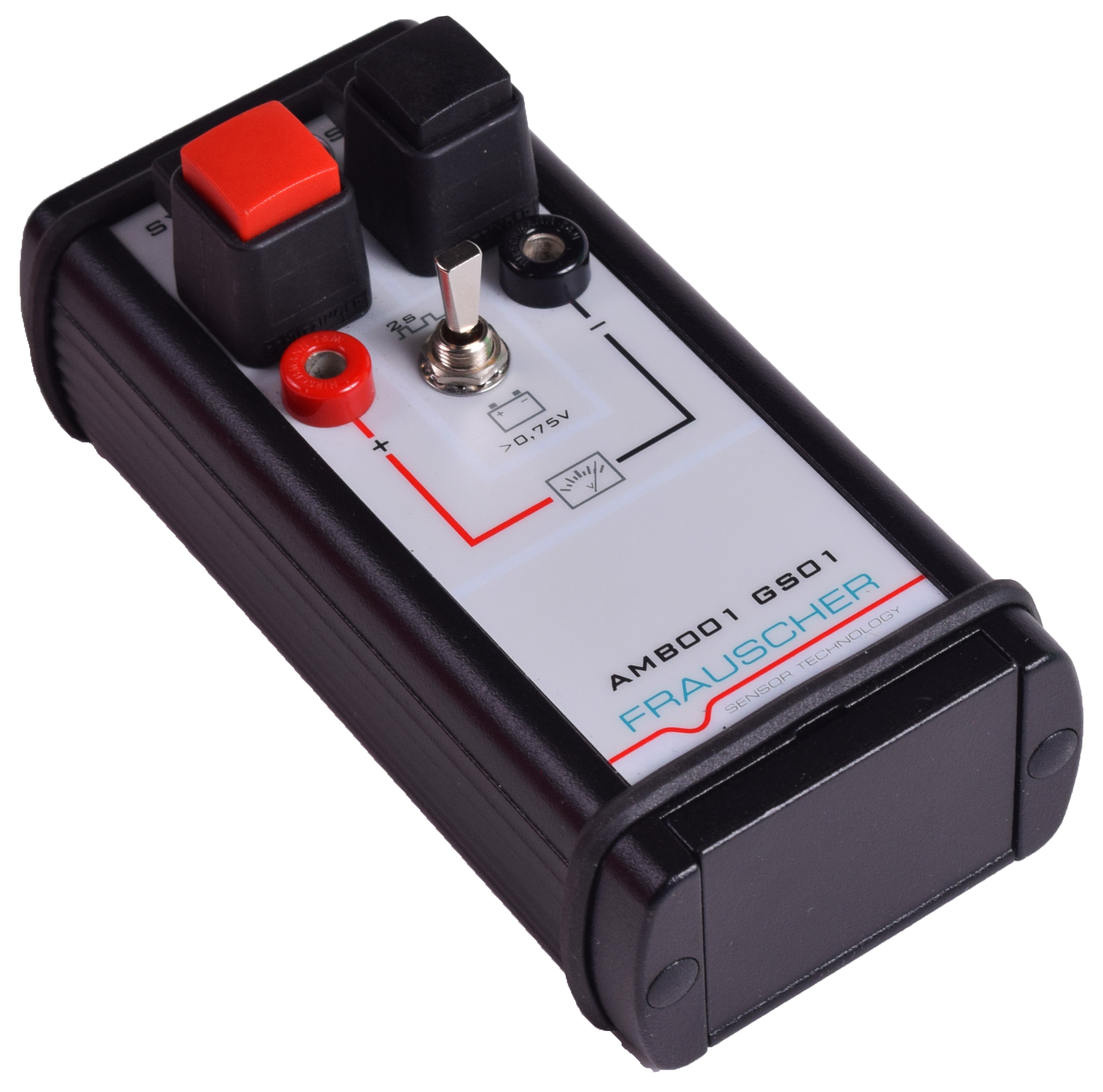

- #Sensor calibration rawdigger manual#
- #Sensor calibration rawdigger pro#
- #Sensor calibration rawdigger software#
Greatly, much more than I imagined before performing this test.

Despite the fact that the original file is well exposed and that no data is clipped highlights, rendering varie s
#Sensor calibration rawdigger software#
Visual comparison these 6 images shows that interpretation of the same file vary quite considerably depending on the software used.
#Sensor calibration rawdigger manual#
Capture One 7, linear response" curve, manual white balance on patch R13 Capture On e 7, film standard" curve, manual white balance ICC profile on a export of CMP Digital Target 4 ), manual white balance on patch R13
#Sensor calibration rawdigger pro#
DxO Optics Pro 7 with " no correction" preset, personal custom ICC profile ( DxO Optics Pro 7 natural color" preset, manual white balance on patch R13 Adobe Lightroom 4, default settings, manual white balance on patch R13, process 2012 Adobe Camera Raw 6.7, default settings, manual white balance on patch R13, process 2010 This file was developed in 8 bits TIFF - adobe RGB 98 the following configurations: Horizontal axis: raw value in 14 bits: 0 to 16384 Raw datas histogram - CMP Digital Target 4 shot The exposure is correct : on the green channel 2, the maximum is 14,319 while the maximum theoretically possible is 16384 (data is in 14 bits so 2 14 = 16384) or 0.20 ev below t he maximum and there is more room on the other channels.

We see clearly that the highlights are not c lipped and The screenshot below ( made with Raw Digger ) shows the raw RGBG histogram of the shot above. set at the limit of clipping in highlights, to have a exposure and a complete histogram in the highlights. We study here a raw file shot of the Target 4 ( used to calibrate the camera - see here ), the shot was made with a Nikon D700 and flash lighting. It is for this reason that the histograms displayed on this page show two green layers, one red layer and one blue layer, these layers have the same number of pixels. To simplify demosaicing operations, " green " datas are grouped into two same size layers, the raw file contents is 4 ( not 3! ) distinct layers: The resulting datas contain twice more " green" datas than blue" or " red" datas. Photosites filtered in green than red or blue photosites. Baye r mosaic used on the majority of current sensors provides twice more We clearly see that doubling the raw value (bottom number) means +1 Ev (topĪctually, electrical signal from sensor is usually sampled in 14 bits, it means that each photosite can output 2 14 values, or 16385 possible values (0 to 16384). Įv 0 was arbitrarily set to 2000 in Raw Digger to simplify the reading of this graph These raw datas it is easy to connect the photographic units (Ev or diaphragm) and RGB datas.

In this page, we'll try to see how are rendered RGB levels contained in the raw files, primarily in midtones and highlights since these values subject to interpretation.ĬMOS or CCD sensor " see" light with a gamma 1 and the raw data the sensor are representative of this characteristic: you double raw RGB value (for example RGB from 1000 to 2000) it means the sensor has received 2 times more light, whether 1EV to put it more simply). It should be understood that the software used to convert raw files into final images interprets raw data filesĪnd each software his own behaviour, chosen on aesthetic and technical requirements. Have access to the raw data allows the analysis of the behavior of our raw development softwares by comparing the developed files the raw datas. Inįact, this software allows you to directly open raw files and displays the histograms of datas. The software Raw Digger ( see here ) allows the analysis of raw RGB data contained in the raw files generated by our cameras.


 0 kommentar(er)
0 kommentar(er)
